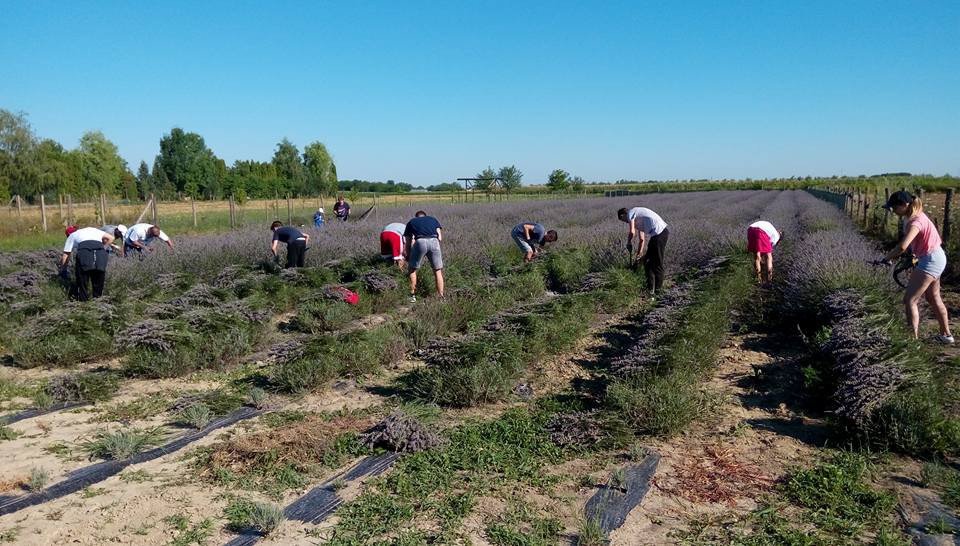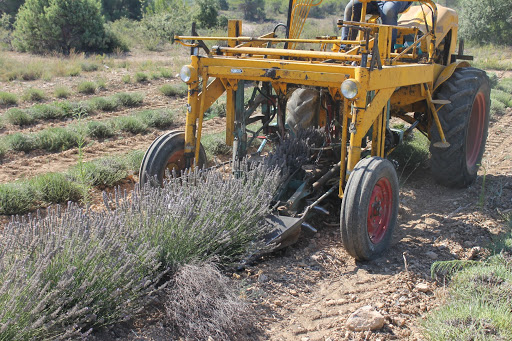
For the most part, growing lavender in Croatia comes down to small producers who make it an extra household income. Collecting lavender is the most important part of production because it provides raw material for later processing. Manual harvesting of lavender generate its yield as only the top part of the plant with the highest concentration of essential oil is harvested. The problem with mechanical harvesting is that the machine is not so precise and cannot be adjusted to collect only the top parts of the plant.
Although it is well known that manual harvesting of lavender generate higher yields, it is practically impossible to do this for small producers. The problem is that after the lavender blooms, there is a short time frame in which it must be harvested. Only a month after the beginning of flowering, its yield begins to decline, thus losing the value of the raw material. Due to the inability of manual harvesting which is a hard-laboring task and due to the lack of manpower, growers are forced to turn to machine harvesting of lavender.
Apart from the other factors affecting the production process of growing lavender and looking only at yield, the fact is that manual harvesting generate higher yields. But of course, the yield alone is not sufficient, but there are several factors that affect business. In practice, machine-based collection has proven to be financially and economically more cost-effective because of the high labor costs of manual collection. It is also worth noting that manually harvesting lavender is an extremely strenuous and physically demanding job that is done in high heat and you are directly exposed to the sun.
The main recommendation of growers with small plantation areas is certainly the machine harvesting of lavender versus manual harvest. Although the acquisition of a harvesting machine is a big investment, in practice and experience, it turns out that the investment in stands is worth it after five years if the area on which you grow is up to 10 hectare in size. Of course, investing in mechanization is a big expense for small producers whom it is extra income and for people who find it more of a hobby. However, there is always the opportunity for more small manufacturers to come together, and to jointly procure equipment and machinery, thereby significantly reducing initial investment.
As already stated, the main drawback of machine harvesting is the decline in yield, but this is not the only drawback. Machine harvesting lavender in the field always leaves a small part of lavender that remains uncollected because the machine cannot do it so accurately. It is also important to note that purchasing a machine also creates new maintenance costs. However, regarding all the disadvantages that come with machine-harvesting lavender, it is important to emphasize that shortening the collection time with the fact that no additional workforce is required to bring about, makes business operations easier and greater economic profit.
Guided by the fact that manual harvesting generates better yields than mechanical harvesting, yet mechanical harvesting is more profitable and recommended by all small growers. The current mechanization is universal for various plants or intended for a particular species, so it is used to collect lavender because of its applicability. That is why it is important that future development should definitely be directed towards the application of new ideas and the development of new technologies, which will facilitate and at the same time speed up the process of lavender collection.
Mihael Srdoč, m.balota1111@gmail.com

